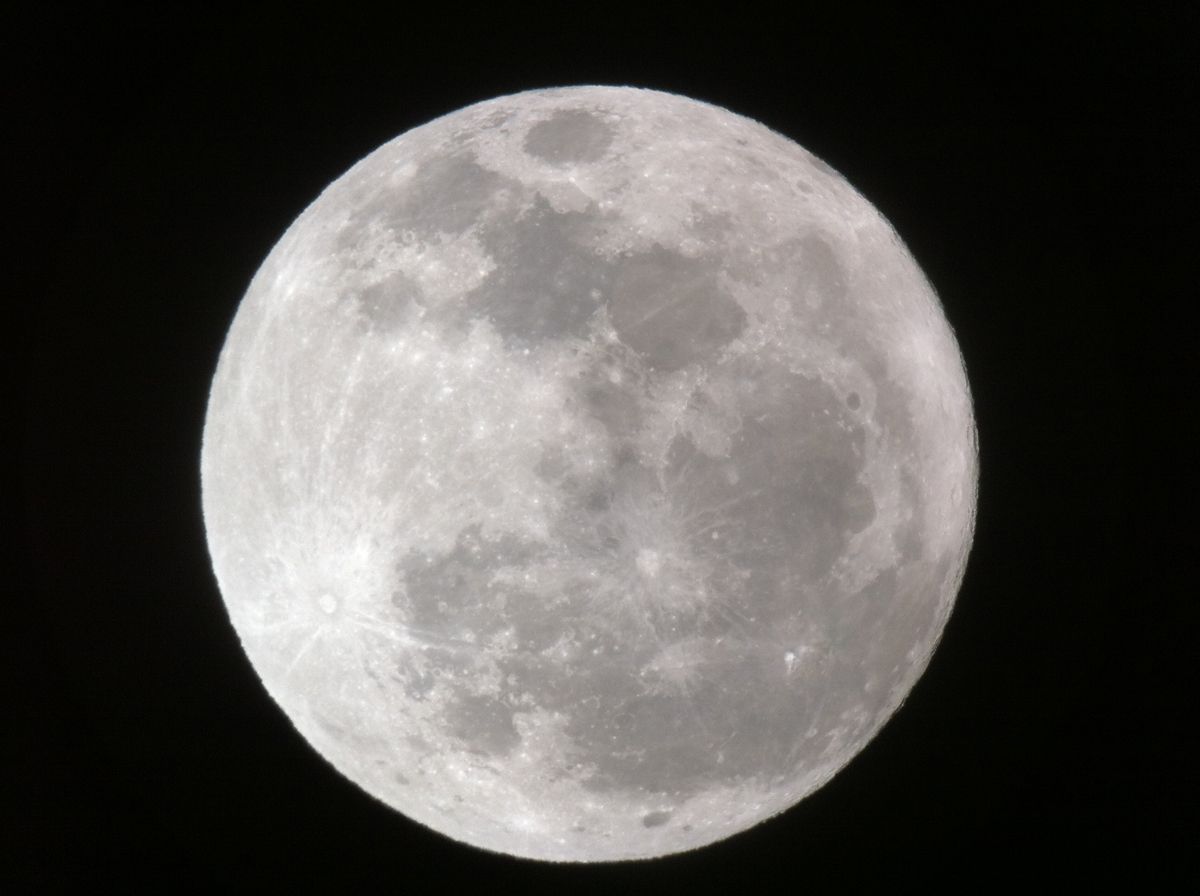
Space junk in the area around Earth is a known problem to scientists. There are more than 36000 pieces of space debris around the Earth Since the collision will occur on the side of the moon invisible from Earth, near a volcanic crater called Hertzsprung, we will not be able to observe the eruption with telescopes, and astronomers will not be able to watch the impact of the collision as it happens, but many spacecraft orbiting the moon will try to explore the event And the Indian Lunar Reconnaissance Orbiter (LRO) and Chandrayaan 2 may be positioned to monitor the impact site. In the past, there have been many intentional collisions with the moon’s surface, with the aim of ending missions for spacecraft that were orbiting the moon and ran out of fuel, and some of them were for planned landings on the moon but did not take place successfully, and some collisions were for scientific purposes, such as NASA’s bombing of the moon’s surface during the era of missions Apollo in the late 1960s and 1970s, with the aim of studying how seismic energy from collisions spreads across the Moon.īut never before has a piece of ancient space junk that has been roaming in space for seven years collided before veering on a collision course toward the surface of the Moon. Were there previous intentional collisions with the moon's surface? How is this collision different from it? The accident does not pose any immediate danger to humans or other spacecraft, but with at least six vehicles scheduled to reach the moon this year, there is growing concern that the lunar surface will become a dumping ground for space debris, and the effects that this will have on the environment. The impacts will be minimal, except for a small new crater that will form on the moon's surface, and the new crater will be about 20 meters (100 feet) wide. It is expected that the debris of the rocket will hit the surface of the moon at a speed of (9300 km / h). Is collision dangerous to humans or to the earth? It is now moving under the influence of lunar gravity, and is getting closer to crashing into the moon's surface within days.

The rocket body is believed to be part of a rocket launched in 2014 to deliver a small Chinese spacecraft called Chang'e 5-T1 to the Moon.


 0 kommentar(er)
0 kommentar(er)
